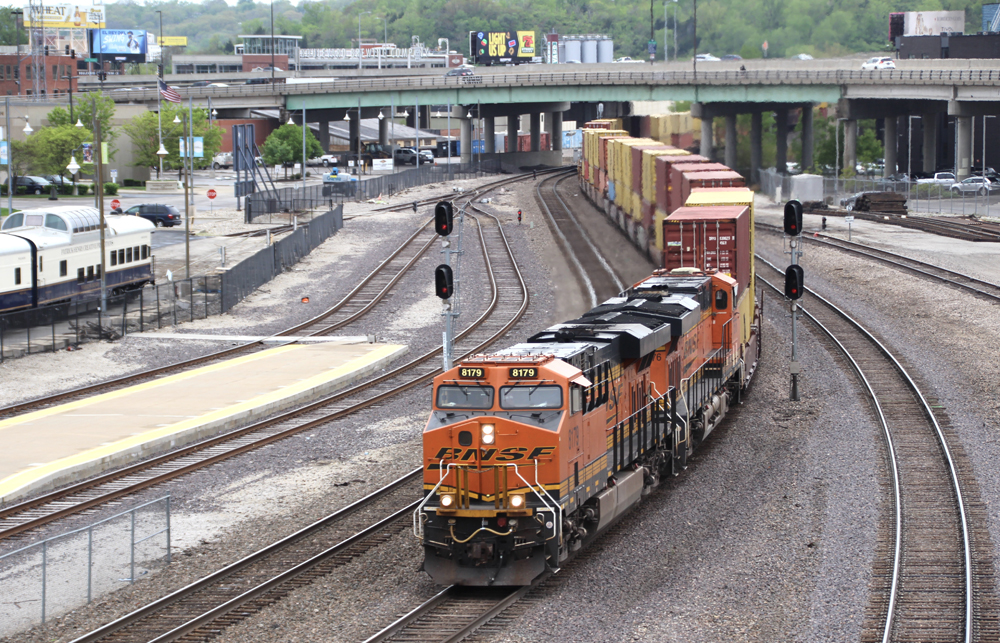
KANSAS CITY — Service and labor issues are generally the defining issues for current public appearances by railroad officials, and so it was Tuesday when BNSF Railway CEO Katie Farmer spoke to the North American Rail Shippers conference.
Less than two weeks after officials from BNSF and other Class I railroads were called to testify before the Surface Transportation Board over service issues, Farmer said that BNSF had been “well down the path of implementing some aggressive measures to restore that network productivity” even before the STB hearings.
In outlining the problems that led to the current service issues, Farmer noted that as service deteriorated, shippers pushed more railcars into the system in an effort to keep their goods moving.
“And that just has the effect of slowing velocity and consuming more resources,” she said. “Just to give you some perspective, we have about 5% more railcars on our system this year, moving 5% less volume compared to last year. And that’s not a productive place for us to be.”
Changing that, she said, is one of the three areas where BNSF was acting aggressively. The railroad is “working with customers to really try to better manage that active car inventory on the network. That’s really one of the more impactful levels we can work on. That has helped us over the last several weeks to really get our active inventory down.”
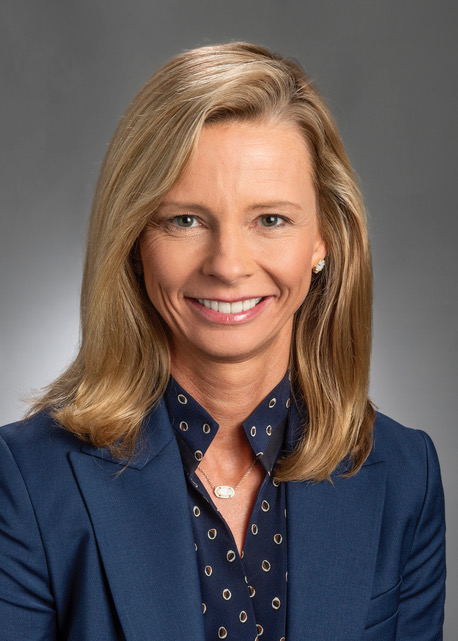
The other facets of that effort are returning locomotives to service, and increasing staffing. The railroad has recalled all furloughed crews “in key areas,” Farmer said, and plans to hire an additional 1,800 crew members: “We’re going to pull forward some of our 2023 hiring.”
Addressing a different aspect of the railroad’s labor situation, Farmer said recent history shows negotiations for a new national labor contract is a two- to three-year process, although that timeline has been extended in the current negotiations by pandemic-related delays. She said BNSF was setting aside funds for raises in anticipation of an agreement.
But she also reiterated the industry’s desire to move to one-person crews, which is a sticking point in those negotiations.
“Railroad jobs, as most jobs, have always evolved over time,” Farmer said. “At one point we had five employees on our trains … As new technologies have become available to us, once implemented, it changes the face of work.”
And she linked BNSF’s positive train control efforts its efforts to introduce the one-person crews, noting that the railroad has installed the safety system beyond what was required by federal law. “We’re actually at the point right now where fully 93% of all of the volume that moves on our railroad has positive train control as a safety overlay,” she said. “And what that allows us to do is it allows us, just like many parts of the world, just like with Amtrak, just with commuters, to operate with one person in the cab of a locomotive.”
“What I do want to say is that doesn’t mean that conductor job is unnecessary. Not at all. What it means is that the nature of the work is going to change.” A moved to ground-based conductors, responsible for multiple trains, will allow those crew members “to have a more predictable work schedule,” she said.
“We think this is good for the industry. It allows us to evolve and compete, which we need to do. I can promise you other modes of transportation are not slowing down on evolving and deploying technology. So railroads need to remain competitive.”
Farmer, who had been scheduled to appear in person, addressed the conference via a Zoom call, saying her planned flights on Monday evening and Tuesday morning had both been scrubbed because of aborted takeoffs.






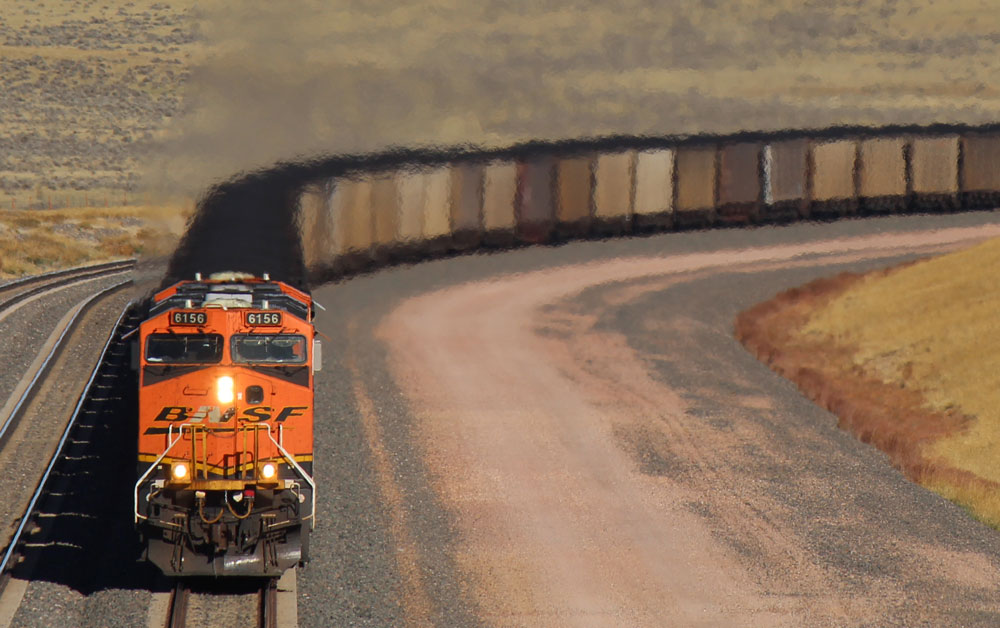

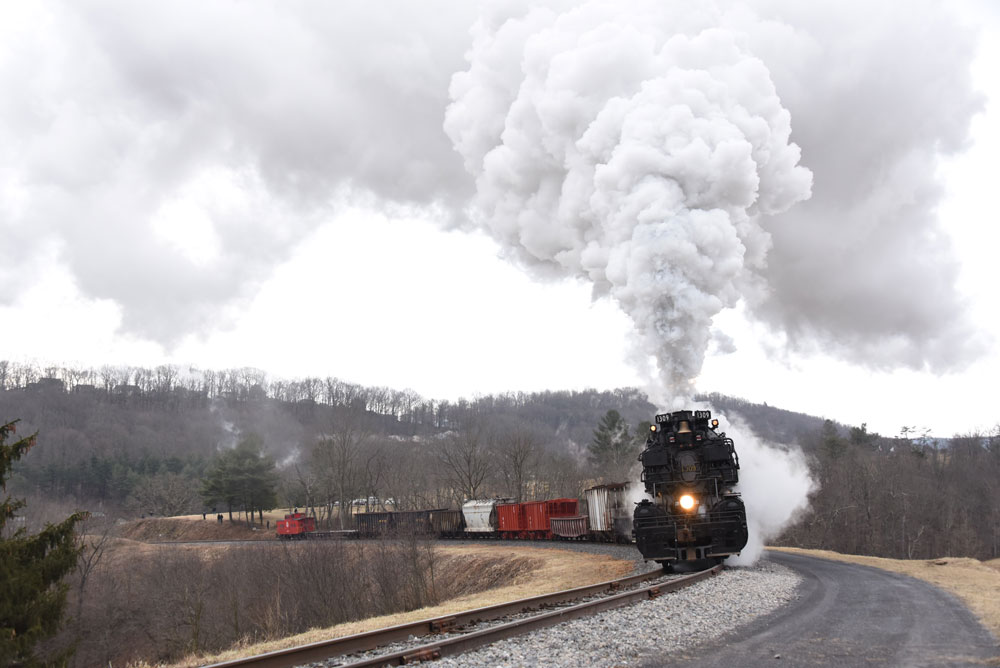
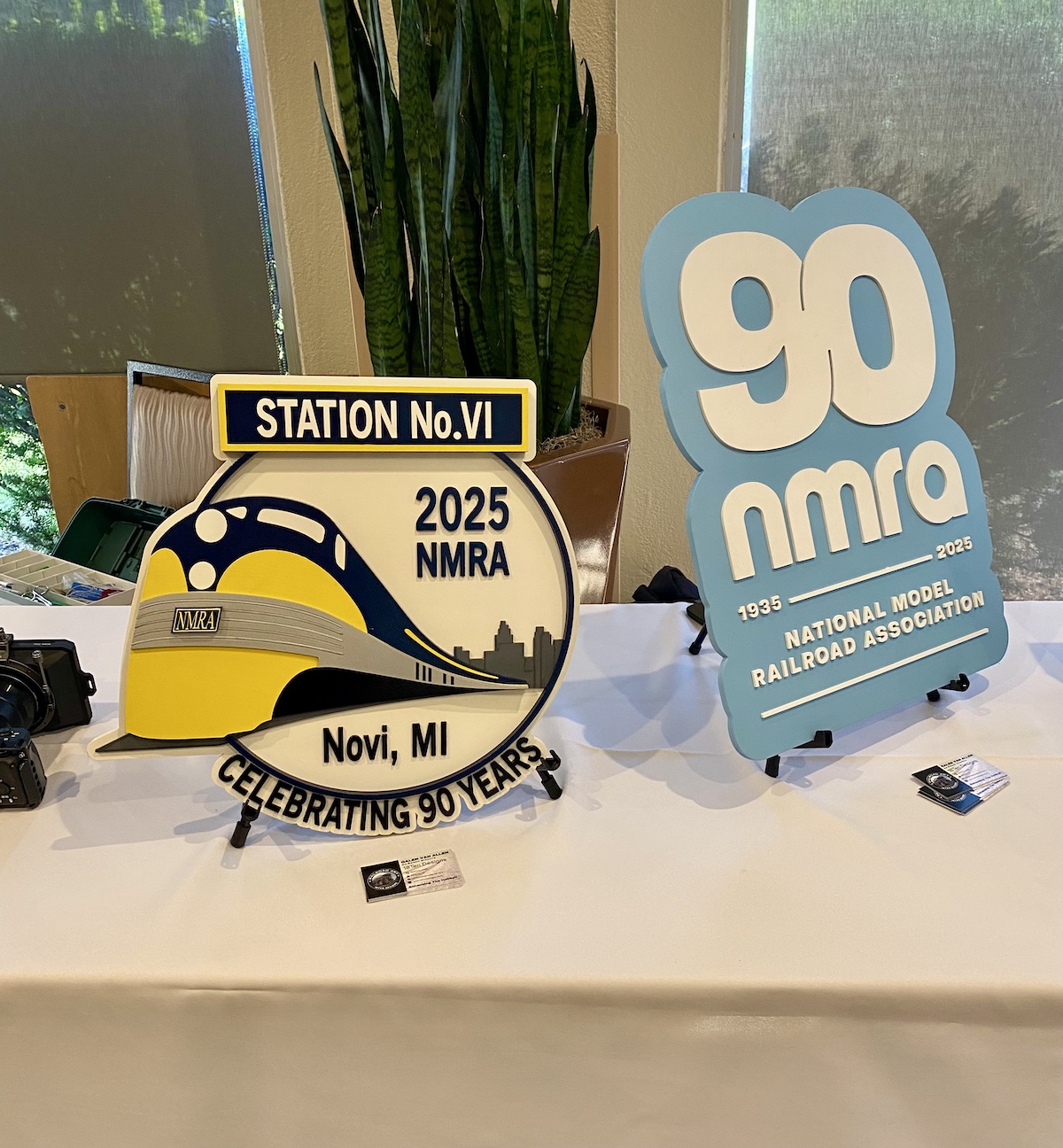




“I don’t think she was flying commercial. She was on a corporate jet.”
And that corporate jet probably had a pilot and copilot. A few corporate jets are approved for single-pilot, but not many. And some kind of flight attendant/crew chief to attend to the passengers.
It appears to me that this draconian attendance policy is being used as a device to drive people away, reducing the workforce, whereby BNSF can scream that they’re short staffed and the only way they can dig themselves out of the hole is by reducing to one-man crews. It’s a very well thought-out and well-choreographed scenario. How convenient for the stockholders. You watch.
Five years from now, or less, they’ll play this same game again, one more time telling us that the only way they can dig their way out of the hole is to start running trains with no one aboard.
The only problem with your theory is engineers are people to and are quitting just as fast or faster than conductors across the system. It might be their intention but there is a law of unintended consequence at play here…
I concur exactly with what Ron kaminkow states being a 25 year veteran train service employee with a major class one carrier. It’s impossible to portray real world to those that don’t have a clue.
Some advocates of single employee crews for freight operations – including industry “insider” Frank Wilner and now BNSF CEO Katie Farmer — are pointing to passenger train operations (including Amtrak) that use a single engineer in the cab of the locomotive, as evidence that freight train operations would be safe and efficient with a lone employee aboard. Nothing could be further from the truth.
Passenger train operations that utilize a single crew member in the locomotive cab always have a train crew of at least one other certified and qualified crew member on board the train at all times. The additional crew member(s) assist the locomotive engineer with many aspects of the job. They remind the engineer of impending restrictions to the train’s movement and assist with interpretation and application of the rules. The crew jointly conducts job briefings before, and during the tour-of-duty when conditions change. They are there for each other, the train, and its passengers if and when emergency or disaster strikes.
Passenger locomotive engineers who do run the train — alone in the cab — are not subject to the conditions of freight engineers:
Passenger engineers have fixed schedules, making for routine work. Freight engineers begin and end their tour of duty at random times 24/7/365. No two tour-of-duty start and end times are the same. There is little to NO predictability to a freight engineer’s schedule. Studies have proven that having no fixed schedule dramatically increases crew fatigue and the likelihood of forgetfulness, mistakes, accidents, and injuroes.
Most passenger and commuter train engineers work during normal waking hours. Very few passenger trains operate from midnight to 5 AM. Freight engineers regularly work at night.
Extra board passenger engineers have a much better sense of when and where they will be used. Generally, passenger train start times are published and adhered to. Therefore, an extra board passenger engineer has a reasonably good idea if and when s/he might be called to work. A freight engineer — extra board or even “pool” — often has little idea of when s/he may be called to work, and must “protect” the board 24/7.
All long distance Amtrak trains that run throughout the night in fact have an engineer and a co-engineer working together in the locomotive cab. Freight train engineers would be expected to routinely run trains through the night alone, with no one in the cab to assist.
Passenger engineers make scheduled runs. Lone engineer runs are usually scheduled for less than 6 hours. The contract demands that single engineer jobs be bulletined for no more than 6 hours run time. Amtrak crews with an engineer and co-engineer are usually on duty for no longer than 8 or 10 hours. Freight engineers however, routinely work twelve hours. It is common for a freight engineer to then await transportation to the terminal.
Passenger engineers at Amtrak all have at least one day a week scheduled off work. Freight engineers generally have no guaranteed regular off days.
The Tentative Agreement on the BNSF on 2014 (which was voted down by the rank & file by a 5-to-1 margin by ALL crafts and at ALL terminals) made no such provisions for engineers who would have to operate alone in the cab of the locomotive. Katie Farmer’s plan today likewise makes no such provisions. BNSF engineer runs are often hundreds of miles in length and keep them working the full 12 hours, more than twice as long as is generally expected of an Amtrak/commuter engineer. The freight engineers on the BNSF have no set schedule, no departure time, no arrival time, no return home time, no scheduled off days, and are generally “on-call” 24/7. All of this is almost never the case with passenger engineers.
Finally, make no mistake, the single passenger engineer assignment is not without controversy on Amtrak and other commuter railroads. It is highly debatable if even these operations are in fact “successful” and “safe”. There are countless examples where another set of eyes and ears in the cab of a passenger train’s locomotive would be very useful and make for a much safer workplace environment. Two blatant examples in recent years come to mind: Chatsworth, CA and Spuyten Duyvil, NY. In the Chatsworth wreck, a lone Metrolink engineer became distracted, apparently as a result of texting. Had a second crew member been stationed in the cab, it is unlikely that the train would have collided head-on with a Union Pacific freight train, resulting in numerous fatalities and injuries. Likewise, in the Spuyten Duyvil wreck in 2013, had two crew members been on board the Metro North train’s locomotive, it is unlikely that this train would have derailed, killing and injuring a number of passengers. The lone engineer who “nodded off” and failed to slow his train for a 30 mph curve would no doubt have been alerted by his second crew member in the cab before the disaster struck … had one been there.
Regardless of whether or not single engineer passenger operations are “safe” or “unsafe”, it can easily be seen that there is absolutely no comparison between current single engineer passenger operations and what is being proposed for freight service on the BNSF, despite what people like Frank Wilner and Katie Farmer might want the public to believe.
Because of the unscheduled nature of freight service, the myriad on- and off-duty times, the long hours, the night work, the lack of regularly assigned days off, and the lack of anyone else anywhere on the train to assist, the proposed single employee operations of freight trains on the BNSF has absolutely nothing in common with currently existing single engineer passenger service operations. Frank Wilner and Katie Farmer both have surely been around the rail industry long enough to know this.
Ron Kaminkow, General Secretary, Railroad Workers United
You should send this to the Honorable (and more than likely purposefully clueless) Ms. Farmer and ask for an honest reply.
RN — Obvioulsy add Philadelphia.
The biggest question I have with all this malarkey is this, ok so to fix the problem all the class 1 execs are telling the unwashed masses that one man crews will fix the problem—- but engineers are quitting faster than conductors and it takes twice as long to get engineers online than conductors so answer me that question real quick because the way I see it the problem will certainly still be present for a long time to come. I’d like to hear solutions to my questions…… zero man trains. Yeah good luck…..maybe in the pilbara on a giant train set with the same equipment all the time, heck even the freight trains in Australia minus the pilbara still have 2 crew members in them on most freights so I’d love to hear solutions.
Notice how Katie takes absolutely ZERO responsibility for BNSF’s problems. The buck stops with her, as it does with “leader’s”. She doesn’t EVER once acknowledge HER failures as head of BNSF. She pushes excuse after excuse after excuse, but she never puts the blame where it belongs: 100% on her as leader of BNSF Railway. SHE IS RESPONSIBLE FOR BNSF’s FAILURE’s !!!!! As the popular slogan trending today goes: “I did that”, YES, Katie Farmer YOU did that. Stop hiding at home and making excuses for not showing up at the STB Hearings or this conference. Guess what, CSX CEO showed up. Why didn’t you ??? You know what. You’re in wayyyyyy over your head.
If they had a Hi VIZ attendance policy when I was on the railroad for 37 years i would have found a new ocuupation. Good luck on recruting new hires
Woody Wilson
Union Pacific retired
Me thinks that Katy Farmers information above is like the story about The Mighty Casey Has Struck Out…..
Well as far as I know on the west coast of the states there are no Amtrak trains or commuters without conductors on board….. they might not be in the cab but they are on the train and both the engineer and conductor are in constant communication with each other. In push pull service when the engineer is in the cab car they both are in the same area so that’s a moot argument ms farmer…. Foreign railroads in other countries have nothing to do with our way of operating and work rules so there’s another lost argument. It’s plain and simple a reason to make a ton more money for the carriers, I’m for the railroads succeeding but at what cost? Multiple times in my typical day being near the issue or the work is reason alone to be in the cab. Committees in a board room that have no clue how the railroads operate on a daily basis other than what their frontline supervisors lie to them to make them look good are one reason the railroads are in the shambles they’re in now. Multiply that with a rail network that has one guy to cover 100 miles when they’re are multiple issues going on daily and you want a s@#$t show of epic proportions,…… let one man crews happen and you will get it without a doubt. Our railroads were never designed for how they operate them and surely not without the amount of crew members in the cab near the work. Anyone that seems to think they could has NEVER set foot in a real world operating environment on a real working railroad period…… facts and figures might run a railroad at the home office but people with boots on the ground really run it that’s a fact period.
Tell me, does a train going from say Los Angeles to Chicago without any work to perform en route really need two crew members in the cab? Answer honestly after THINKING about it and keeping in mind that a conductor on the ground would be responsible IF anything needed to be done for said train?
Also, having ridden CalTrain in the past I can tell you the conductor is not always in communication with the engineer up front(they have their radios on open mics), can’t speak for other services.
Conductors are to communicate signal indications with engineers as per gcor rule amongst other duties. I can write a laundry list of issues in just one week why conductors are needed as a matter of not only practicality but safety as well. Like I said those that don’t know don’t know and will never know until they actually do the job day in and day out. Examples are endless and waaaaaaay to many to write here that’s for sure.
I meant to say passenger train conductors that are separated from the engineer in the train are to communicate signal indications and all mandatory directives per gcor rules
What’s wrong having a two person crew in the cab it’s to have a two person crew in the cab of the locomotive
1. Reference article written by Justin Franz 2. Would be better if excellent profits returned in part to those who earned them for railroad 3. Is it poetic justice that the BOTH flights cancelled because of aborted takeoffs? BNSF not winning any friends, methinks. What say ye?
I don’t think she was flying commercial. She was on a corporate jet.
“allows us to do is it allows us, just like many parts of the world, just like with Amtrak, just with commuters, to operate with one person in the cab of a locomotive.” the’re also not 2 miles long or sitting in yards being put together.
No, they’re three mile long ore trains moving at speed with zero crew members on board…
HIViz policy is causing engineers to retire or quit.
https://dailyinterlake.com/news/2022/may/08/railroaders-quit-after-bnsf-institutes-draconian-a/
Between HiViz, PSR, computer models telling engineers what lever position to use and when, the push to 1 man crews, seems to me that the railroads just want to automate operations altogether.
Good luck in hiring crews with that wonderful hi-viz policy of yours. There are plenty of jobs with better work conditions available everywhere, and the street knows it.
Hmmmm…was the BNSF business train also grounded?